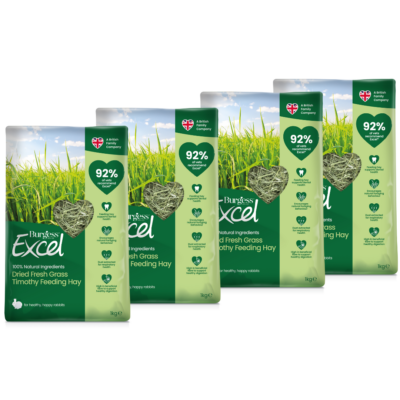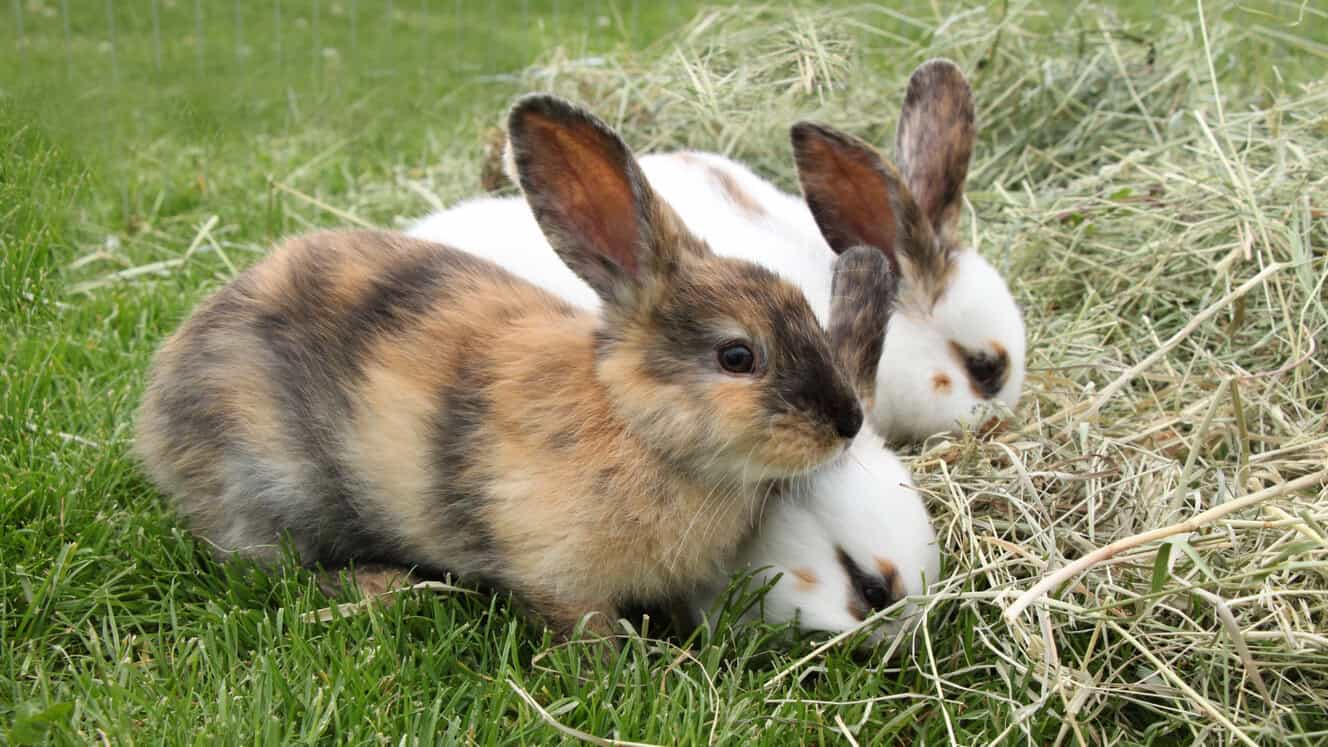
If you have small pets such as rabbits, guinea pigs, chinchillas or degus, hay means much more to them than just something tasty to eat. Not only is it an essential part of their feeding plan – ideally making up around 85-90% of their daily diet – it’s also really important for their wellbeing.
Burgess in-house vet, Dr Suzanne Moyes MVB, MRCVS, explains: “Hay is super important for the overall health and wellbeing of many small furries. As well as supporting a healthy digestion and healthy teeth, chomping on hay also does wonders for the emotional enrichment of rabbits, guinea pigs, chinchillas and degus.”
Hay is a small pet essential for all round health and wellbeing
In the wild, small herbivores such as bunnies, guinea pigs, chinchillas and degus, spend a big chunk of their day foraging through the undergrowth for food, which is something owners can replicate by using hay in different ways to keep their small pets busy and happy.
TOP TIP! Not all hay is the same! Always opt for fresh, fragrant high quality feeding hay that’s been especially grown for small pets to eat and is cut at just the right time to capture all the natural goodness. Cheap bedding hay that’s yellow and dusty has little nutritional value and your small furries won’t enjoy eating it.
In fact, having a hay-based life is the most natural way to eat for many small furries. When rabbits, guinea pigs and other small pets forage for food in piles of hay, they’re much more likely to continuously nibble on it. Not only is this great for providing them with the valuable fibre they need to keep their digestive systems working correctly, the constant chomping also naturally grinds down their continuously growing teeth.
TOP TIP! How much hay per day? Feed each small pet an amount that’s equal to their own body size in tasty feeding hay every day.
Industry body, UK Pet Food also advises that hay is important for environmental enrichment: “Small herbivores benefit from being able to display natural behaviours and they also have a requirement for mental stimulation. In the wild, they spend extended periods of time foraging for food. Hay requires significant chewing, taking a relatively long time to eat. Providing unlimited hay, helps mimic natural foraging, helping to prevent boredom in pet herbivores and keeping them mentally stimulated.”
TOP TIP! What’s the right balance of feeding hay and nuggets? While grass-based nuggets for rabbits, guinea pigs, chinchillas and degus ensure your pets get all the vitamins and minerals they require, only feed a small amount of these a day – around an egg-cup size portion, per pet, per day. Why? Because nuggets don’t provide the same fibre levels and chewing action as hay. If you give your small pets too many nuggets, they may not eat the amount of hay they need to stay healthy, so getting the balance right is super important!
Dr Moyes adds: “Feeding sweet smelling, nutritious hay – and finding interesting ways for small furries to enjoy it – makes such a difference to the quality of life of our small pets, enabling them to express their natural behaviours, as well as keeping them physically and emotionally stimulated.”
TOP TIP! Location, location, location!UK Pet Food says: “Herbivorous small mammals such as rabbits and guinea pigs enjoy foraging. So, putting their food in different locations will allow them to express this natural behaviour and will prolong their feeding time, keeping them active for longer.”
Feeling inspired to see what wonderful things you can do with hay? We have some great ideas for you to try out.
- SCATTER AND SNUFFLE – A really easy way to encourage foraging behaviour is to simply scatter some of your small pets’ daily ration of nuggets in deep piles of hay in different places around their enclosure. This will particularly appeal to guinea pigs who like nothing better than snuffling through hay in search of tasty treats!
- BAT AND BITE – Most rabbits like to play and throw toys around, so incorporating hay as part of play activities is a great way to encourage your pets to pull, bite and chew at it. Willow balls or cardboard tubes filled with hay are ideal for batting about.
- RIG UP ROLLS OF FUN – If you have small pets, you’ll never run out of uses for cardboard loo rolls! And, turning them into hanginghay-filled toys couldn’t be simpler. Simply stuff a few cardboard rolls with hay and use sisal twine (not synthetic string) to hang them at different heights to provide some snacking fun with a bit of a challenge.
- BAG IT UP – Animal charity Wood Green recommends creating forage bags. Half fill a paper bag with hay or dried grass, mix in some fresh or dried forage and give the whole bag to your piggies to rustle around in.
- COMPLETELY CRACKERS – Put a bunch of hay in a sheet of brown paper and tie the ends with a strand of hay to look like a Christmas cracker. Your small pets will love checking this out and then ripping it open to get to the tasty hay inside.
- GARNISH AND GO, GO, GO! – Tempt your favourite hay munchers by mixing some fresh greens such as parsley or rocket in with some hay. Chinchillas, who in the wild eat leaves, twigs, bark, roots and stems, will enjoy some dried forage such as Lucious Leaves or Wildflower Forage sprinkled through their hay.
- FORAGE TREE FROLICS – Another great idea from Wood Green is creating forage trees. Simply take two cardboard toilet rolls and stuff one end with your pets’ favourite hay, add some fresh or dried forage into the centre and enclose with more hay. Take a willow stick and pass through the middle of the rolls. Place several of these into an empty cardboard box to make a forage tree.
- BROWSE AND STRETCH – A homemade forage weave crafted with fresh forage such as sticky weed, rose or wild dog rose, bramble, hazel and buddleia is great for rabbits and guinea pigs. It can also be adapted for chinchillas and degus by using high-quality feeding hay and dried forage. Hang it in their enclosure topromote natural browsing behaviour and encourage stretching and reaching.
- HEDGE YOUR BETS – Turn an old magazine rack into a delicious, nutritious browsing hedge by stuffing it with highly munchable feeding hay.
- HANG ‘EM HIGH – Stretching and reaching is very important to keep rabbits physically healthy. Veterinary charity Blue Cross suggests: “Put their hay in hanging baskets which they can reach up and nibble at like they would do in the wild.”
- DIG ALL DAY – Degus love to dig in earth, sand and hay. Blue Cross says: “Degus need a supply of hay, but you can make it fun for them by filling up a box and letting them forage for it. Grass boxes are also great fun for degus and a natural way for them to forage. A cardboard Meadow Hay box with a few nuggets scattered in it will be just the job!
- THE POO AND CHEW – Bunnies generally prefer to munch on hay while they’re resting and, while it may seem a little odd to us humans, they also like to ‘poo and chew’, so put a pile of hay in their favourite resting places and hang a hay rack above their litter tray.
- MIX IT UP – Variety is the spice of life, so treating your small pets to different types of high-quality feeding hay and nutritious hay-based treats is a great way to keep things interesting – and to discover who likes what best!
TOP TIP! Rabbit rules!RSPCA advises: “If you have a number of rabbits, make sure there are enough items for each animal, so they don’t need to compete for them. Don't fill your rabbits' spaces with so many items they don’t have space to exercise easily. Rabbits need to run, jump, stand fully upright on their back legs and hop about, so enrichment should encourage this behaviour and not stop it.”
Always bear in mind that, when it comes to providing enrichment opportunities for your small pets, it’s very important to let them go at their own pace so they don’t feel overwhelmed by lots of new stuff in their enclosure.
The Royal Veterinary College has some great advice: “Remember, every pet's personality is different and one of the joys of providing new experiences for your pet is to improve their confidence and the human animal bond. Some may need to start with simple projects such as scattering herbs or pellets in a box of hay initially until they get the hang of foraging, but as their confidence builds you can challenge them a little more. It is important not to make the source of enrichment too difficult to begin with or they may not understand or engage with it.”
Check out all the benefits of choosing high-quality feeding hay for your small furries to enjoy
- HAY PROVIDES VITAL FIBRE Top quality feeding hay is an excellent source of fibre and plays a vital part in digestion for rabbits, guinea pigs, chinchillas and degus.
- HAY IS GREAT FOR KEEPING TEETH IN GOOD SHAPE Munching on delicious hay also keeps continuously growing teeth in check, helping to prevent dental disease.
- HAY HELPS PROMOTE OVERALL HEALTH Feeding plenty of high-quality feeding hay, some grass-based nuggets and a few fresh greens will help your rabbits, guinea pigs, chinchillas and degus maintain healthy skin, coat, eyes, teeth and digestion.
At Burgess Pet Care, we take our hay very seriously indeed...
- We have a long tradition of supporting British farmers. As part of our ongoing commitment, we actively source our ingredients as close to our Yorkshire mill as possible.
- The grass used in our nutritious Excel nuggets for rabbits, guinea pigs and chinchillas and degus is sourced from the UK to meet our stringent specifications and we know exactly which field each batch comes from and the date it was harvested. It’s also exclusive to Burgess. No other pet food manufacturer has access to our grass!
- The grass is harvested when it’s at its lushest to ensure the optimum level of nutrients and fibre, helping to ensure that it delivers all the goodness pet animals require.
- Our grass is grown on an estate that works in partnership with the local wildlife trust and ensures that the grassland is managed to reduce environmental impact and positively encourage biodiversity.
92% OF UK VETS RECOMMEND OUR BURGESS EXCEL SMALL PETS RANGE!
*****With a whole host of five-star reviews, Burgess Excel customers who have purchased our hay have told us: * “Great quality, smells amazing!” * “Excellent quality hay for a very reasonable price. The hay is green and healthy, it smells great, and the strands are long and thick. My rabbit absolutely loves it.” * “Great product. The bunnies loved it!! Big hit.” * “Such fresh smelling hay and beautifully green in colour. My rabbits get so excited when I'm giving them the feeding hay and it’s so beneficial for them.” * “Our guinea pigs love this hay!” *
Check out the Burgess Excel feeding hay range of boxes, bags and bundles! >>
SERVE UP ONLY THE VERY BEST DINNER FOR YOUR SMALL PETS
Our small pets deserve a high-quality diet that’s created just for them. At Burgess, all our foods for small pets is made at our factory in the heart of Yorkshire, using only ingredients that meet our stringent specifications. We have also launched many innovations. These include the world’s first food specifically formulated for indoor rabbits and the world’s first indoor guinea pig nuggets which are made with a calm formula.
Also check out our selection of yummy, nutritious treats that your small pets will love!
Are your small pets Burgess small pets? Join the Burgess Pet Club for exclusive offers and rewards.
LET’S GET SOCIAL! Sign up to the Excel Bunny Base or become part of theExcel Squeak Squad on Facebook. Find lots ofadvice and friendly discussions from likeminded owners – and there are lots of cute bunny and piggy photos and videos! Also join us on Instagram.
CARE MORE Find lots of useful advice on caring for all your pets from Burgess, the pet experts. Training, nutrition, grooming and general care. It’s all here >>
If you found this interesting, you may also like:
COST EFFECTIVE WAYS TO LOOK AFTER YOUR SMALL PETS How to create DIY boredom breakers and ways to upcycle old furniture and unwanted items from around the house into interesting features for your pets’ environment.
WHAT’S THE BEST BEDDING FOR DIFFERENT SMALL PETS? Whichever small pets you have, each has different requirements when it comes to creating a cosy, safe snoozing space. Discover how to make the best bedding choices for your small furry friends.
SMALL PET MUMS ARE BIG ON LOVE Let’s celebrate small pet mums for the amazing job they do bringing up their tiny babies!
WHAT’S IN SEASON? HOW TO CHOOSE SAFE FRESH FOOD FOR YOUR SMALL PETS What better way to add variety to your small pets’ daily dinners than by selecting safe fruits, vegetables and leafy greens to nibble on. To save a few pennies, you could even forage for some tasty titbits yourself or why not grow your own?
WHAT’S ON THE MENU FOR THE MORE MATURE GUINEA PIG? Guinea pigs are living longer – yay! And if you have an older guinea pig, you’ll be delighted to hear that the experts at Burgess Pet Care have developed a brand-new variety of food just for them!
THE SECRET TO HEALTHY, HAPPY GUINEA PIGS In order to help your guinea pigs live their best lives, it helps to see things from their perspective.
WHAT DO RABBITS, REALLY REALLY WANT? Ever wished you could speak rabbit, so you understand exactly what your bunny buddies require to be happy and healthy? If our pet rabbits could speak human, here are 8 things they’d tell us!
THE ULTIMATE GUIDE TO HAPPY, CHILLED CHINCHILLAS Famed for their soft, dense fur and gentle nature, chinchillas make fascinating pets, providing you understand what's involved in caring for these timid, highly active animals.
THE ULTIMATE GUIDE TO HAPPY, HEALTHY DEGUS A close relative of the chinchilla, the degu is a gentle South American rodent that’s native to northern and central Chile. Looking rather like an oversized gerbil, degus have silky, grey-brown coats, rounded ears, a long, thin tail with a tufted, black tip and bristly hair on their hindfeet.
FEEDING YOUR GUINEA PIGS – WHY THEY DON’T NEED LIFE STAGE FOOD Unlike puppies, kittens and baby rabbits, baby guinea pigs are born fully formed and eat solid food almost straight away. So, what do they need from their diet?
21 AMAZING RABBIT FACTS FOR BUNNY FANATICS Even if you’re a lifelong bunny lover, there are a few things you may not know about your hay-chomping chums. Start off 2021 with browsing our fascinating selection of pet rabbit facts...
LITTER TRAINING YOUR RABBITS Whether your buns live indoors or out, litter training has lots of benefits – both for them and you!
BONDING WITH YOUR BUNNY CHUMS It’s no surprise that rabbits who bond with their owners live longer and happier lives. Find out how to deepen your connection with your nose-twitching pals.
HOW DO YOU GROOM RABBITS? Keeping clean and neat is very important to rabbits and, just like cats, buns spend a huge amount of time grooming themselves. They also need a little help from us.
HOW TO GROOM YOUR GUINEA PIGS From the brush and browse, ear clean, dental check and nail trim to the grease gland wipe, discover more about the essentials of guinea pig grooming.
LOST IN TRANSLATION? GUINEA PIG SPEAK EXPLAINED Guinea pigs are sociable, chatty creatures who generally have plenty to say. Getting to know what the various piggy sounds means will help you understand your pets better and identify when they’re happy and excited or fearful and unwell.
RABBITS AND GUINEA PIGS – IS INDOORS OR OUTDOORS BEST? Is the outdoor life better for bunnies and guinea pigs, or will these small pets have a more enriching time if they’re kept indoors?
HOW DO YOU CREATE AN IDEAL HOME FOR YOUR INDOOR GUINEA PIGS? Traditionally thought of as outdoor pets, more and more people prefer to keep their guinea pig friends indoors – and there are lots of good reasons why. Yet, however cosy and stylish your indoor piggies’ home is, it also needs to meet all their health and wellbeing requirements.
HOW MUCH SPACE DO YOUR RABBITS NEED? If you have a couple, a throuple or even a band of well-bonded bunnies, you’ll know just how much they love hanging out together. However, even the best bunny pals need their own space.
HOW TO PROTECT YOUR GUINEAS AND BUNNIES FROM PESKY PARASITES When it comes to protecting our gorgeous small pets from mites, fleas, flies, ticks and mosquitoes – and any other irritating and unwelcome pests – a four-pronged attack is the best approach.
ESSENTIAL HEALTH CHECKS FOR SMALL PETS Our small pets such as guinea pigs, chinchillas, rats, gerbils, hamsters and degus need us to keep a constant close eye on their health and wellbeing. But do you know what to look for?
FINDING A VET FOR YOUR SMALL PETS Did you know that just like hospital specialists, vets have different areas of expertise? That’s why, if you have small pets, it can be a good idea to seek out a vet that specialises in small animal medicine.


